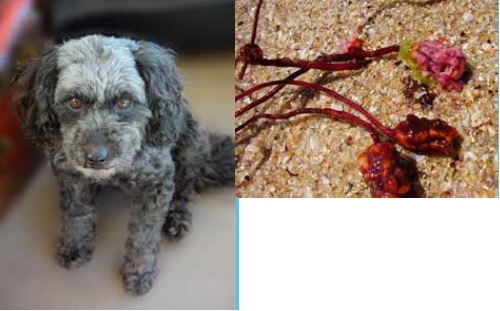Heat Stroke
/Heat stroke can be life threatening!
Now that summer has arrived, it is important to make sure your dogs, cats, rabbits and other furry friends have access to plenty of drinking water and shade to escape the heat if they are getting too hot.
NEVER leave your animal in the car on a hot day. An outside temperature of 24 degrees can jump to 50 degrees in just half an hour.
Signs of heat stroke include restlessness, agitation, whining, panting, foaming at the mouth or drooling, elevated heart rate, muscle tremors and red gums.
If your pet is showing signs of heat stroke - first hose them down with water, give them a drink, pop them in the shade and call us immediately at the Blue Cross Veterinary Centre for further assistance.












